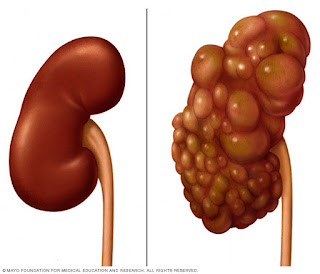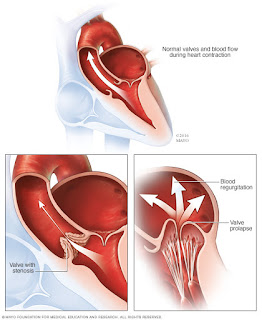AMENORRHEA

Amenorrhea ntangakeneth.blodspot.com Description Amenorrhea is the disappearance of menses in women who are at the reproductive stage. But it is common in prepubertal, postmenopausal, and pregnant woman. It also ceases in the women when they are breastfeeding. Around the age of 50, mensuration stops permanently. However, it is a health problem rather than the disease. Types of amenorrhoea There are two types: Primary and Secondary amenorrhea. Primary amenorrhea Mensuration that does not occur at the puberty stage is referred as primary amenorrhea. Primary amenorrhea can be diagnosed if a patient has normal secondary sexual characteristics, but no menarche by 16 years of age. If a patient has no secondary sexual characteristics and no menarche, primary amenorrhea can be diagnosed as early as 14 years of age. Secondary amenorrhea The cessation of menses for 3 months at any time after the menarche has occurred is referred to as secondary amen





